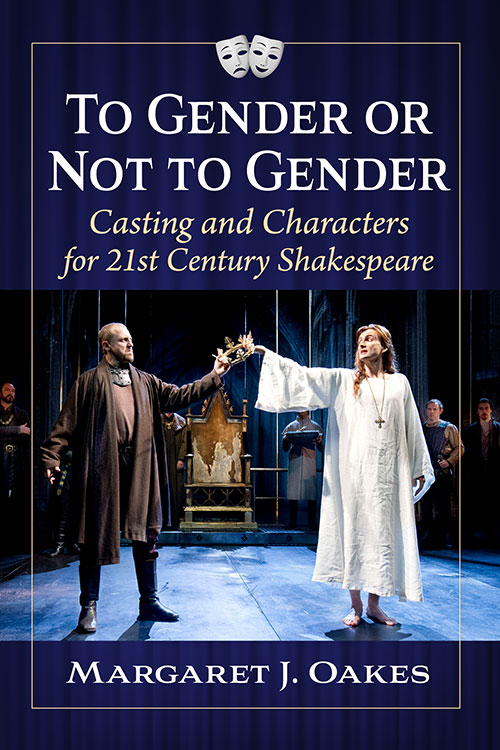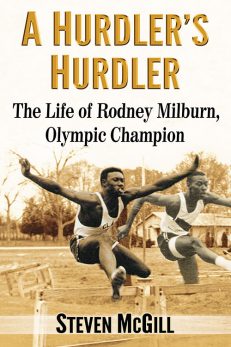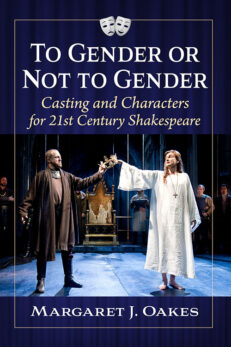To Gender or Not to Gender
Casting and Characters for 21st Century Shakespeare
$55.00
In stock
About the Book
Can Othello be a woman? Can Ophelia be a man? Why not? Intended for Shakespeare lovers, scholars, and Shakespearean theater professionals, this study explores ways in which gender is being reinterpreted by British and North American productions since the turn of the millennium.
First discussing gender theory, including modern, individualistic identity, this book leads to deep shifts in thinking about sex, gender identity and expression, and sexuality seen in 21st century Shakespearean production casting, directing, and acting decisions. The inclusion of selected productions and characters such as Othello, Richard III, Ophelia, and Olivia encourage readers to make use of “category creation” to reinterpret these characters by rethinking gender. Covered productions are divided into three sections including those that “cross-sex” cast, those that “resex” a character, and those that leave open questions of gender considering how terms like “gender-blending,” “gender-bending,” or “gender-blind” are meaningful in 21st century Shakespeare.
About the Author(s)
Bibliographic Details
Margaret J. Oakes
Format: softcover (6 x 9)
Pages: 263
Bibliographic Info: 19 photos, notes, bibliography, index
Copyright Date: 2024
pISBN: 978-1-4766-8353-9
eISBN: 978-1-4766-5218-4
Imprint: McFarland
Table of Contents
Acknowledgments vi
Preface 1
Introduction 5
1. “And All the Men and Women Merely Players”: Gender Theory for the 21st Century 25
2. “What a Piece of Work Is a Man”: Gender Theory at Work in Shakespearean Productions 50
3. “But Man, Proud Man/Dress’d in a Little Brief Authority”: Changing an Actor’s Sex 85
4. “King Lear’s Days as a King May Be Numbered”: Changing a Character’s Sex 144
5. “Let Me Not Play a Woman. I Have a Beard Coming”: Gender Fluidity 185
“Whate’er the Course, the End Is the Renown”: Concluding Thoughts 219
Chapter Notes 221
Bibliography 223
Index 247





